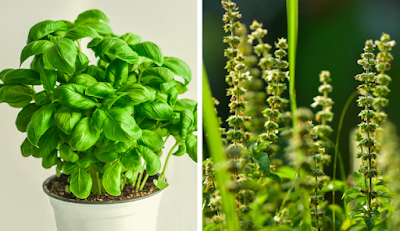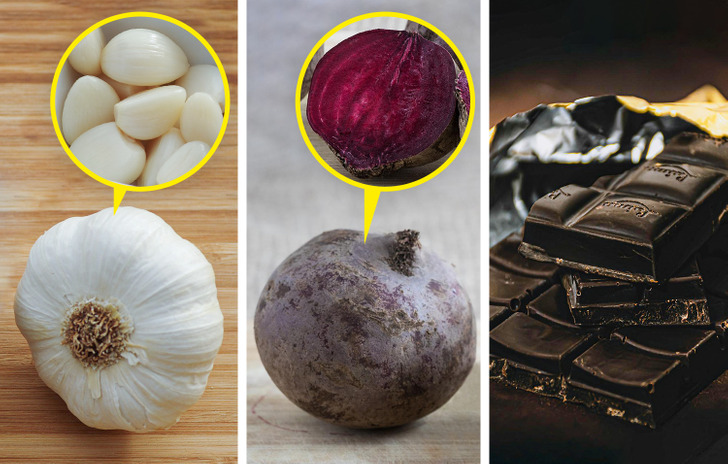1. The Iceberg kind of lettuce offers one gram of protein
- Romaine has 2 grams of fiber and 1 gram of protein per 100 grams. It contains 85% vitamin K, 48% vitamin A, and 34% folate of the daily required amount. Antioxidants in it defend against heart issues and inflammation.
2. The better and worse bread
- Sourdough: This form of bread is considered to be among the healthiest available. This is due in part to the probiotics created during fermentation, which aid with digestion. Furthermore, it has a low glycemic index. 3 grams of fiber and 4 grams of protein may be found in just one slice of sourdough bread.
3. Not all honey is created equal.
There are several varieties of honey, however many commercially available brands aren't what they claim to be. On the market, it's simple to locate mixes of different syrups called "honey." This occurs because honey that has been heavily treated lasts longer than unprocessed honey. Because of this, it's crucial to carefully read labels if you want to purchase genuine honey and avoid receiving fake or processed honey.
An ingredient list is the first thing to watch out for; 100% honey shouldn't have one. Additionally, if the words "honey mix" appear, you're probably buying syrups rather than honey.
4. Rice still beats granola in taste.
Advantages of each: Riboflavin, vitamin B6, vitamin E, calcium, dietary fiber, iron, potassium, and protein are all present in granola in high concentrations. However, granola has more sugar and fat than rice, which is also a healthy source of protein and vitamin A.
Drawbacks to each: 100 grams of granola include 45% fat compared to 91% carbohydrates in 100 grams of rice. Additionally, granola contains 489 calories per serving whereas rice has just 130.
Conclusion: Both have advantages and disadvantages, however, granola has significantly more calories per serving than rice. It may also provide you with a great deal more than rice, but when it comes to how fatty it is, it loses a great deal.
5. Calorie counts aren't always accurate for the "healthy" option.
When at a fast-food restaurant, many consumers choose a salad because they want to choose the calorie- and health-conscious alternative. On the other hand, a straightforward Caesar salad contains 403 calories, 21 grams of fat, 22 grams of carbohydrates, and 30 grams of protein. The calories in a typical cheeseburger, which includes a beef patty, bun, and cheese, are 350. There are 35 grams of carbohydrates, 6 grams of sugar, 14 grams of fat, and 630 milligrams of sodium in total.
In contrast, the salad has 1.150 mg of salt, which is nearly twice as much as the cheeseburger. Conclusion: Despite having a healthier appearance, the salad actually has more salt and calories. This demonstrates that it might be difficult to locate really healthy options at fast food restaurants.
6. Calories in nuts vary depending on the type.
7. Basil relieves uncomfortable gas.
When it comes to digestive problems like digestion, bloating, gas, and spasms, basil leaves and seeds are a godsend. It functions by promoting the growth of beneficial bacteria in your stomach while reducing problematic germs. You may use it in meals, which is the obvious way to utilize it, or you can mix up some essential oil and massage your belly with it after each meal.
8. A few of the healthiest meal options on board
- Garlic: This flavorful yet pungent herb deters germs and has been used to treat illnesses for centuries. It lowers blood pressure, lowers cholesterol, and reduces inflammation in the body.
- Beetroot: This food is a good source of folate, magnesium, and vitamin C. Given that it enhances your brain and helps decrease high blood pressure, it might be regarded as a superfood.
- Dark chocolate: A chocolate bar's health benefits increase with the amount of cocoa it contains. Due to its strong antioxidant content, dark chocolate effectively lowers cholesterol and improves mood. It can be quite beneficial to your health if you consume a modest bit of it daily.
9. Foods that are healthy for your body
10. Which is better, coffee or matcha?
Matcha has both advantages and disadvantages. It helps you unwind mentally without getting sleepy. Additionally, it will improve the condition of your liver and mouth. Antioxidants included in matcha help stop the development of malignant cells. A matcha overdose, however, might harm your liver. Additionally, there's a chance that the heavy metals in matcha leaves might get into your body and cause harm.
Coffee provides antioxidants that help safeguard dental and gastrointestinal health, similar to matcha. Additionally, it helps lessen the risk of or treat type 2 diabetes. Contrary to matcha, coffee's high caffeine level has the potential to become addictive, leading to dependence. Additionally, it may result in negative consequences including headaches, anxiety, and sleeplessness.










